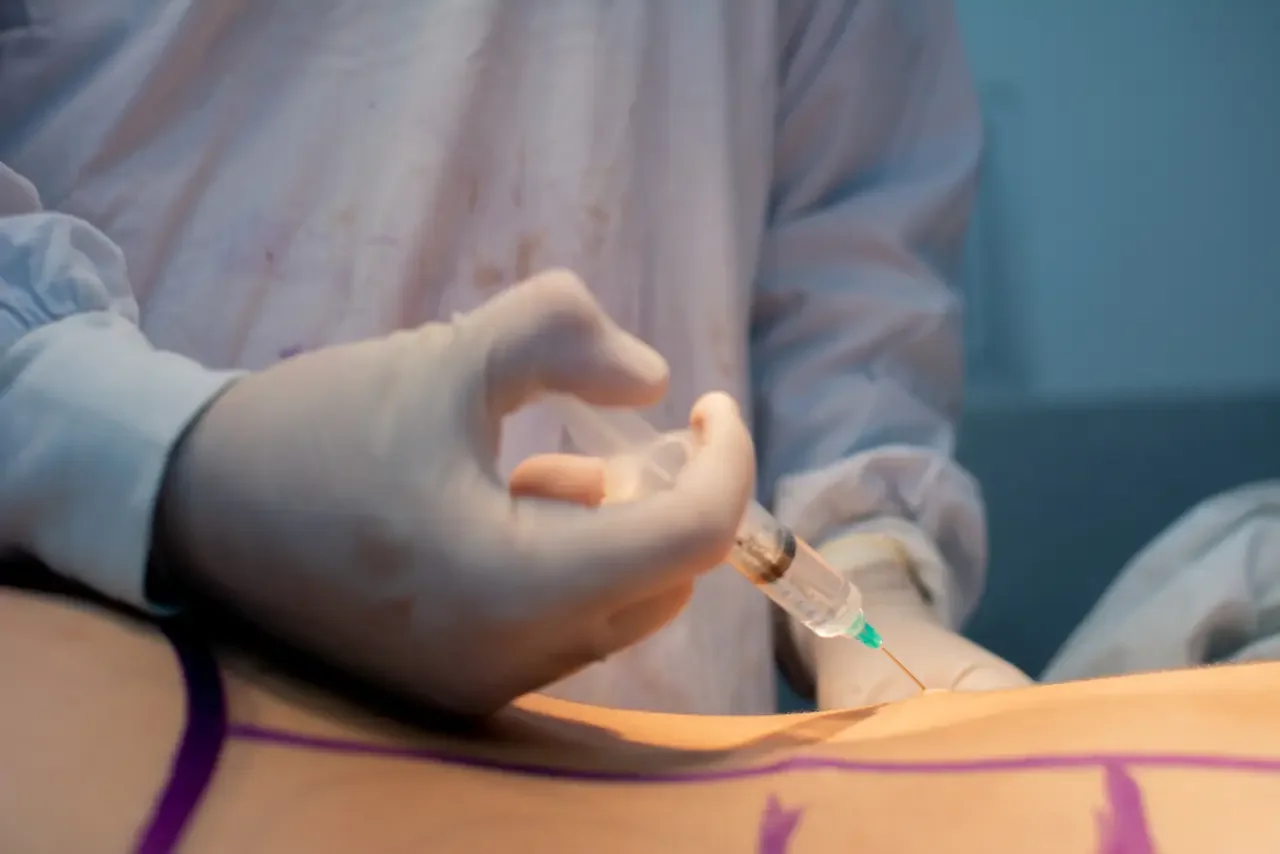Introduction
What is Fat Transfer Surgery? Fat transfer, also known as fat grafting or fat injection, is a cosmetic procedure that involves removing fat from one area of the body and transferring it to another to enhance volume, contour, or rejuvenate specific areas.
The Process
Fat transfer surgery typically involves three main steps: consultation, procedure, and recovery. During the consultation, the surgeon assesses the patient's goals and determines if they are a suitable candidate for the procedure. The procedure itself involves harvesting fat from a donor site using liposuction, processing the fat, and injecting it into the desired area. Recovery involves following postoperative instructions and allowing the body to heal.
Benefits of Fat Transfer Surgery
Fat Transfer Surgery in Dubai offers several benefits, including natural enhancement, long-lasting results, and minimal invasiveness. Unlike synthetic fillers, fat transfer provides a natural look and feel since it uses the patient's tissue. Additionally, fat transfer results can last for years, making it a cost-effective option in the long run. Moreover, fat transfer is minimally invasive, with shorter recovery times compared to traditional surgical procedures.
Applications of Fat Transfer Surgery
Fat transfer surgery can be used for various purposes, including facial rejuvenation, breast augmentation, and hand rejuvenation. In facial rejuvenation, fat transfer can restore volume to areas such as the cheeks, lips, and under-eye hollows, creating a more youthful appearance. Breast augmentation with fat transfer offers a natural alternative to implants, providing subtle enhancement and improved symmetry. Hand rejuvenation using fat transfer can address volume loss and wrinkles, giving the hands a more youthful appearance.

Choosing a Qualified Surgeon
When considering fat transfer surgery, it is essential to choose a qualified and experienced surgeon. Look for credentials such as board certification and membership in professional organizations. Additionally, research the surgeon's experience performing fat transfer procedures and read reviews from previous patients to ensure satisfaction with results.
Cost Considerations
The cost of fat transfer surgery varies depending on factors such as the extent of the procedure, the surgeon's fees, and the geographic location. Factors affecting cost include the amount of fat transferred, the complexity of the procedure, and any additional services required. While fat transfer surgery may have a higher upfront cost than synthetic fillers, it can be a cost-effective option in the long term due to its long-lasting results. Many surgeons offer financing options to help patients manage the cost of surgery.
Risks and Complications
Like any surgical procedure, fat transfer surgery carries risks and potential complications. These may include infection, fat necrosis (death of fat cells), and asymmetry. However, the risk of complications can be minimized by choosing a qualified surgeon, following preoperative and postoperative instructions, and attending follow-up appointments.
Preparing for Fat Transfer Surgery
Before undergoing fat transfer surgery, patients will receive preoperative instructions from their surgeon. These may include guidelines for fasting, discontinuing certain medications, and avoiding smoking. Additionally, patients should prepare for the recovery period by stocking up on supplies such as pain medication, compression garments, and ice packs.
Recovery Process
The recovery process following fat transfer surgery typically involves some discomfort, swelling, and bruising, which can be managed with pain medication and cold compresses. Patients are advised to avoid strenuous activities and to follow postoperative care instructions provided by their surgeon. While initial results may be visible shortly after surgery, final results will gradually improve as swelling subsides and the body heals.
Results and Maintenance
The results of fat transfer surgery are long-lasting, with many patients enjoying the benefits for years to come. However, it is essential to maintain a stable weight and follow a healthy lifestyle to preserve the results. Additionally, patients may benefit from periodic touch-up treatments to maintain optimal results over time.
Patient Testimonials
Real-life experiences from previous patients can provide valuable insight into the fat transfer surgery process and results. Many patients report high levels of satisfaction with their outcomes, citing natural-looking results and improved confidence as significant benefits of the procedure.
Conclusion
Fat transfer surgery offers a safe and effective way to enhance volume, contour, and rejuvenate specific areas of the body. With natural-looking results, long-lasting benefits, and minimal invasiveness, fat transfer surgery is a popular choice for patients seeking cosmetic enhancement.


Leave a Comment